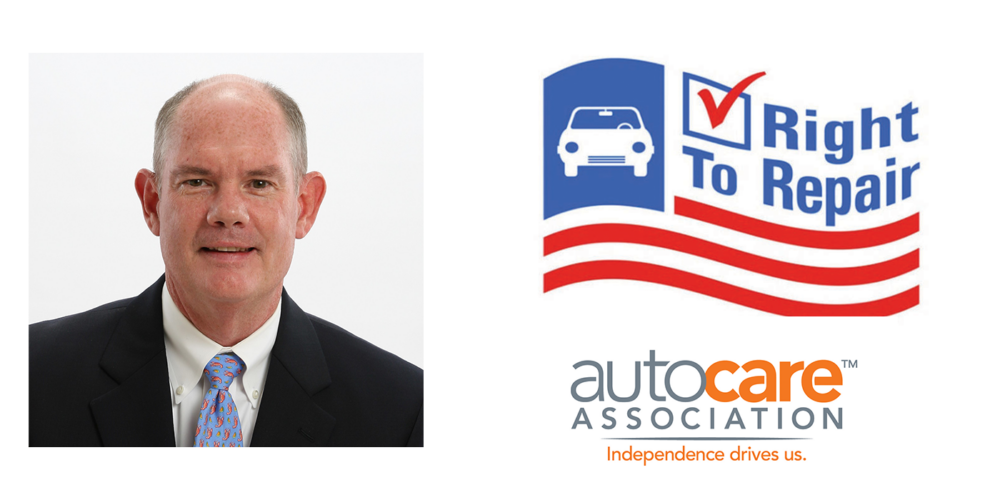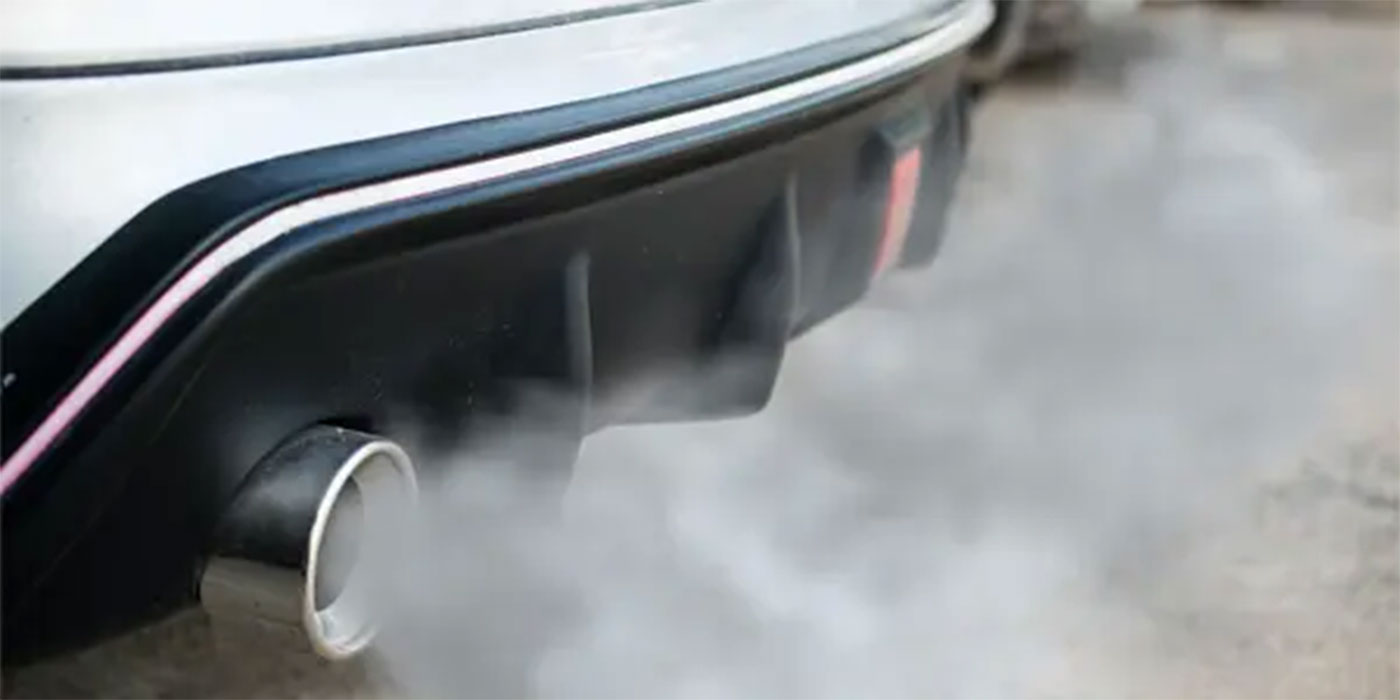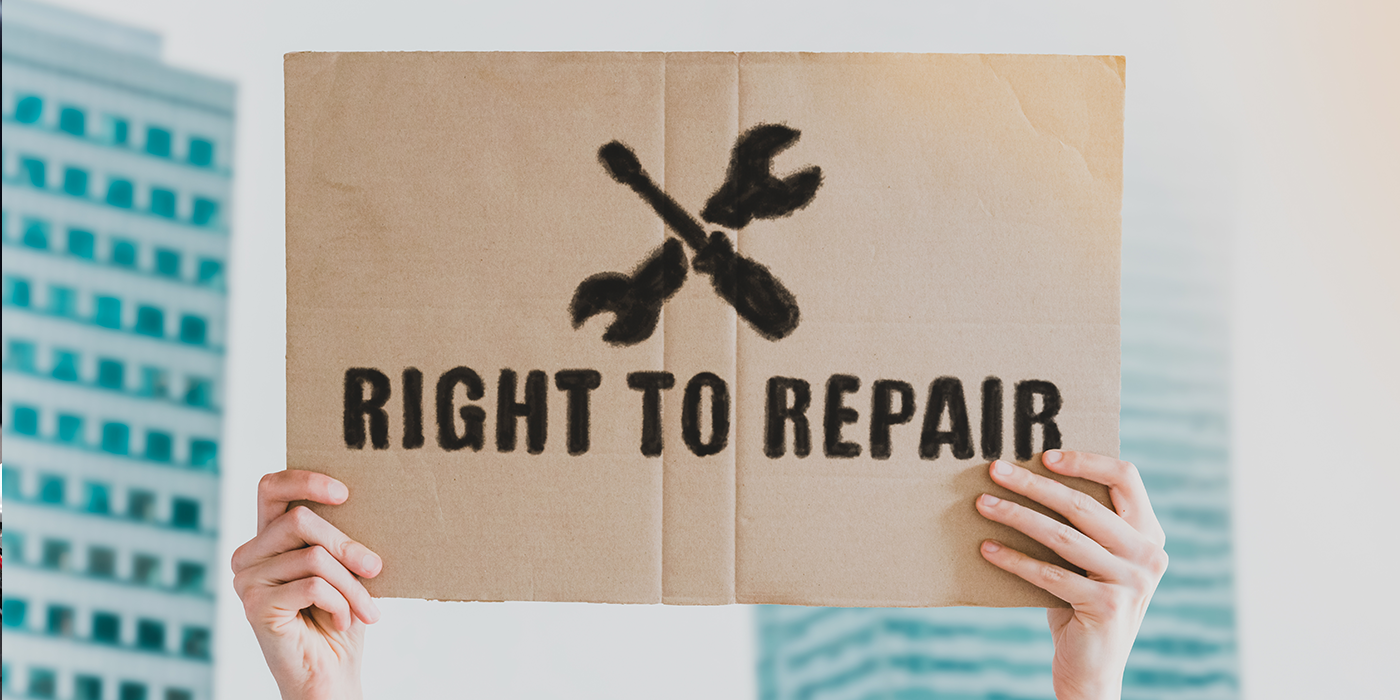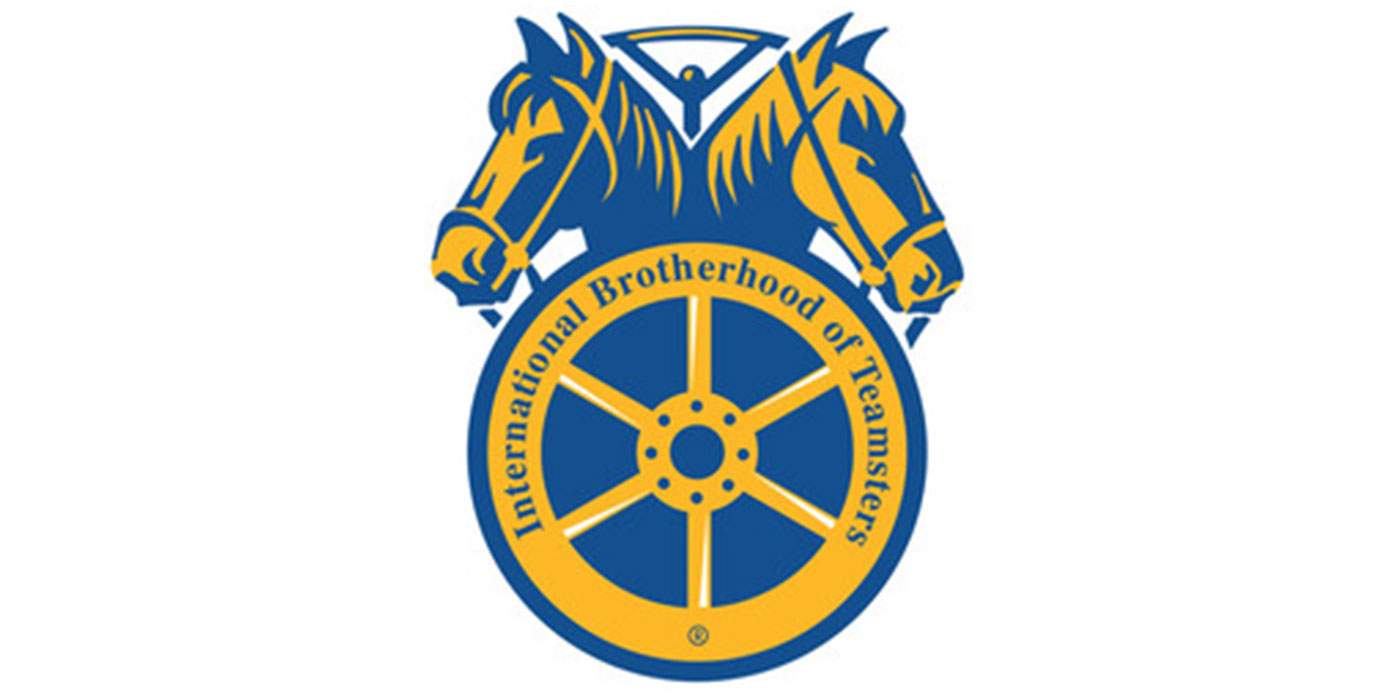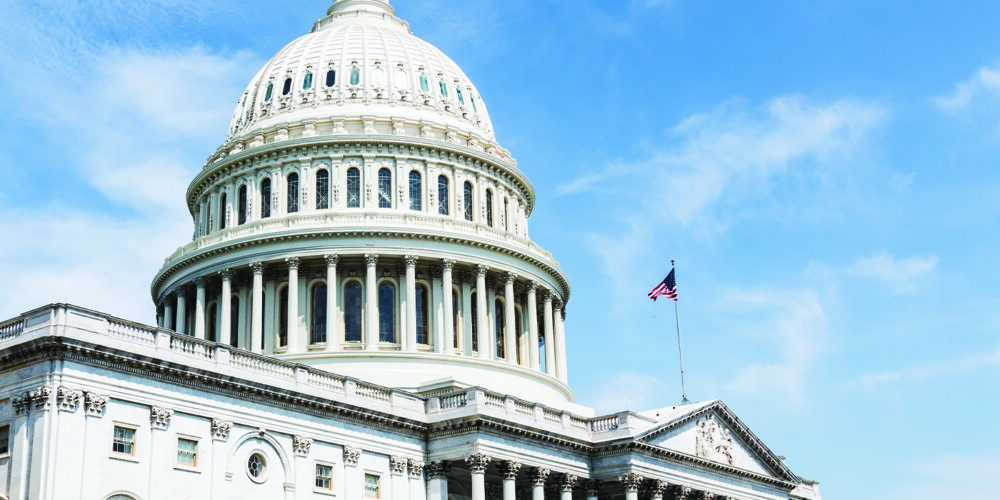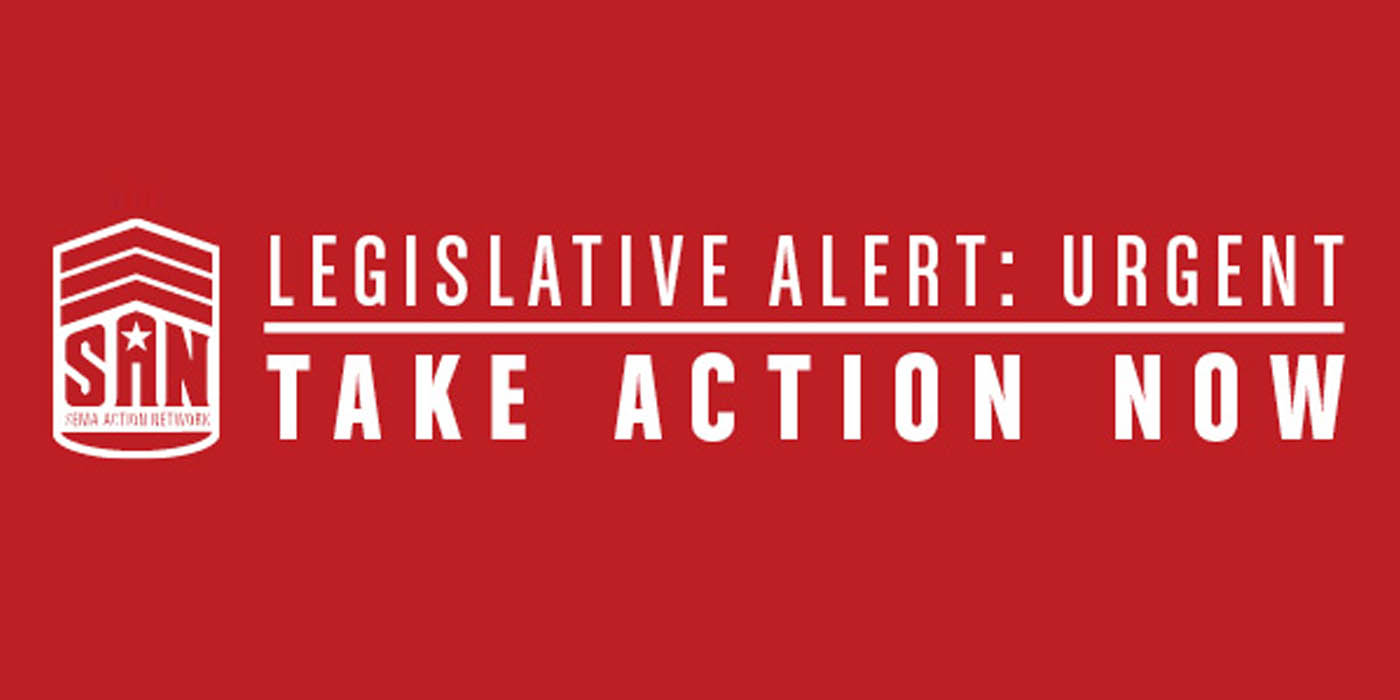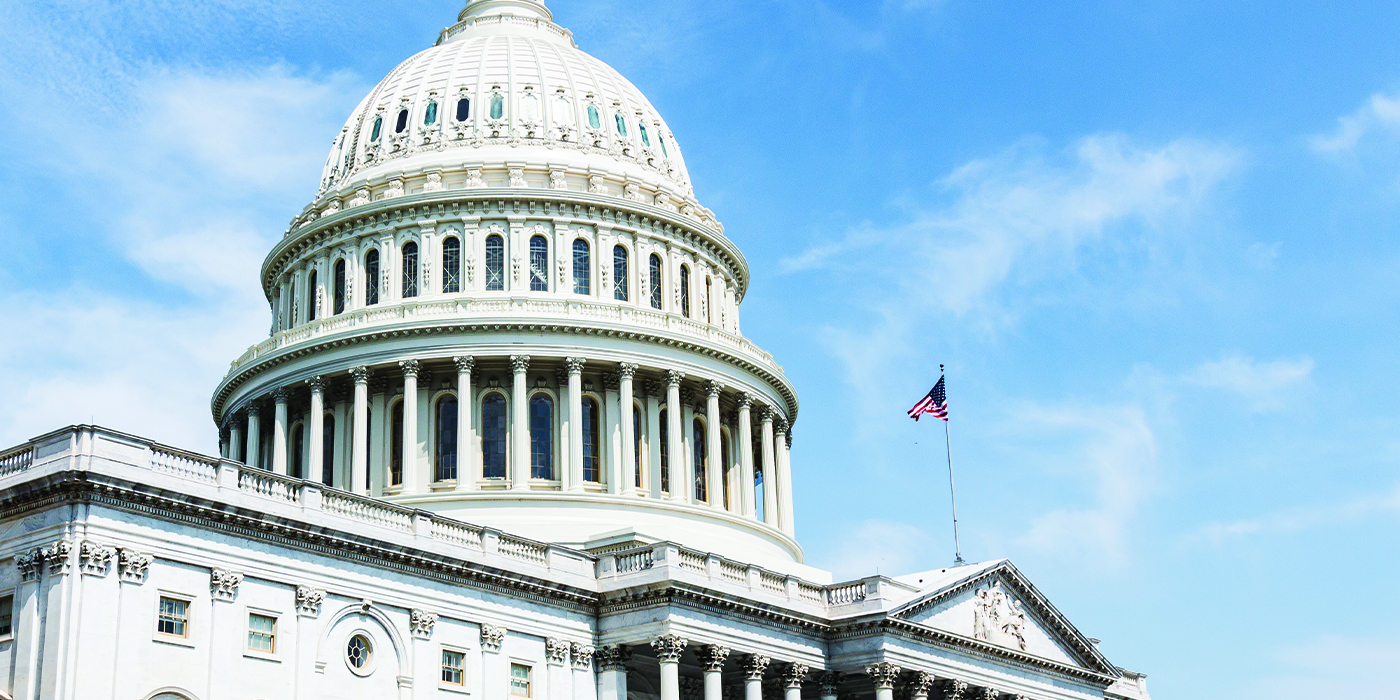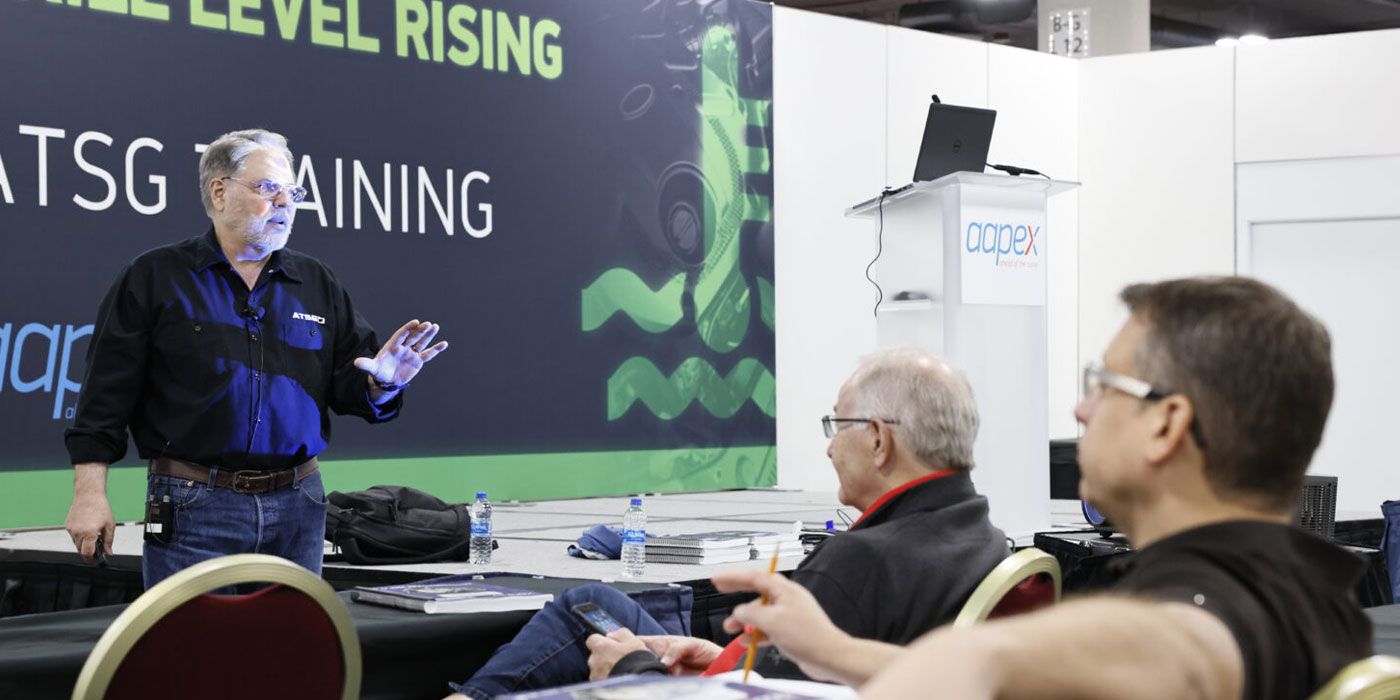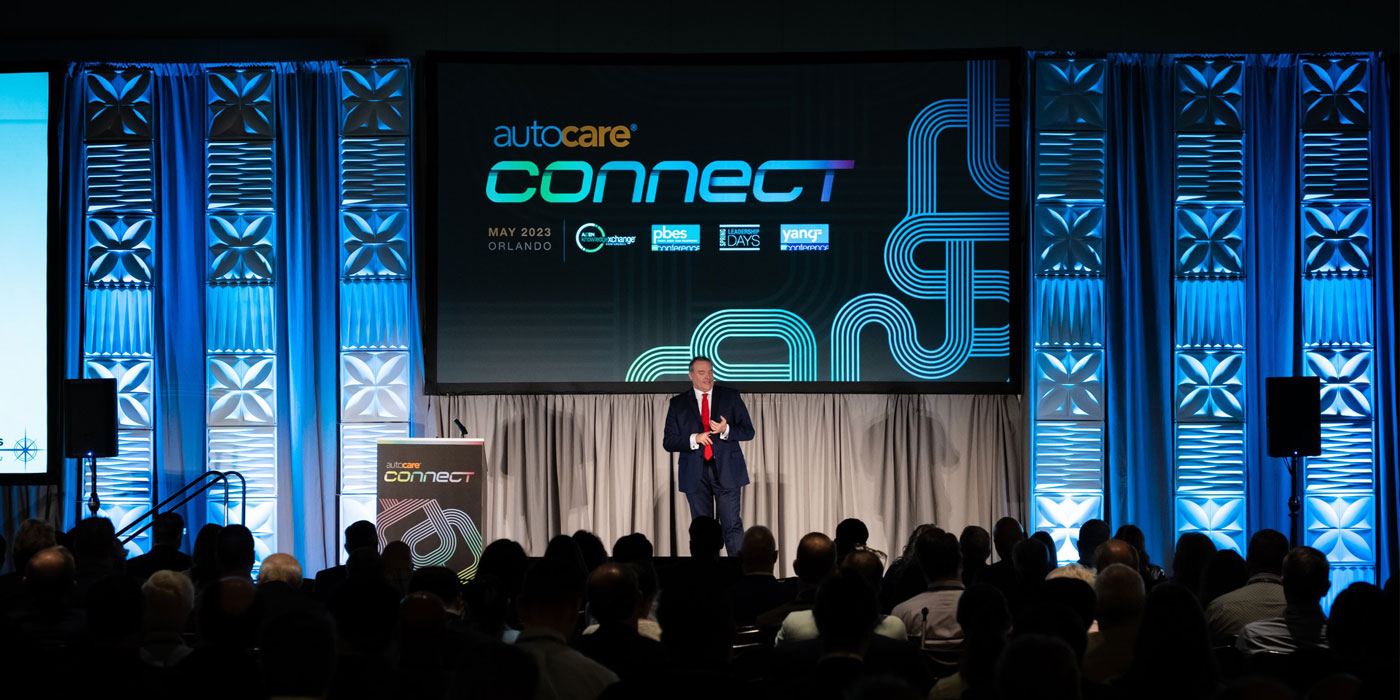Industry advocates for right-to-repair were bewildered last week, as associations representing a handful of independent repairers announced they signed a right-to-repair deal with automakers. Confusion followed by swift condemnations by industry associations, including the Auto Care Association, MEMA Aftermarket Suppliers, SEMA and others, who decried the pact for its lack of enforceability and protections.
So, what actually happened? And what’s all this talk about a 2014 MOU? This week, we sat down with Bill Hanvey, president of the Auto Care Association, to dig into the details of last week’s right-to-repair news and what the association feels needs to be done to ensure equal access to vehicle data.
Bill, take us back. From your perspective, what exactly happened on the right to repair front last week?
Hanvey: The Automotive Service Association (ASA), the Society of Collision Repair Specialists (SCRS) and Alliance for Automotive Innovation, which represents a number of carmakers, signed an agreement that affirmed the 2014 Memorandum of Understanding (MOU) around right-to-repair.
Under the 2014 MOU, which the Auto Care Association advocated for and signed, car companies agreed to abide nationwide with the requirements of a Massachusetts right to repair law that was enacted in December 2013. This compelled carmakers to immediately make available the same tools, software, and repair information to consumers and the independent vehicle repair that they make available to their franchised dealers on “fair and reasonable terms.” The MOU stated that this would start beginning with model year 2018. From that year, auto makers agreed to establish websites or “clouds” that contained the same information and software that dealers have access to, such as diagnostic computers using a standardized vehicle interface that meets certain industry standards.
More on the specifics of the MOU can be found here. However, not all automakers are complying with this. And, with the most recent right-to-repair law out of Massachusetts, it gives repairers and consumers access to a vehicle’s telematics data, which is not included in that original agreement. That’s why we think this “pact” announced last week was basically inconsequential. All it does is affirm the 2014 MOU rather than implement a meaningful solution to help the entire automotive aftermarket and consumers to have full control over access to their vehicle data.
In what ways does the association feel the MOU is flawed?
Hanvey: First, the agreement was made between the Alliance of Automotive Innovation (AAI) and two fringe associations, ASA and SCRS, who represent a fraction of the shops and collision repair facilities in the U.S. We feel the automakers are using this “pact,” as they call it, to confuse legislators and create a diversion from our efforts to reinforce the Massachusetts Right to Repair Act and the federal REPAIR Act.
The implications of the agreement also have a widespread effect on our industry. Let me tell you a few additional points about this so-called agreement that we feel are not acceptable:
- The agreement is non-binding. There is no way to force OEM participation or to enforce OEM compliance.
- The agreement does not obligate OEMs to provide vehicle owners or the aftermarket direct access to wirelessly generated repair and maintenance data; rather, the OEMs have agreed to make repair and maintenance data available through OEM-controlled systems and tools. This means that the OEMs dictate how you get the data, how long it takes you get the data, where you get it and at what cost.
- Regarding telematics and the wireless transmission of vehicle repair and maintenance data, the OEMs only agree to give access (not direct access) if the data “is not otherwise available” through the OBDII port.
- The agreement mentions providing the diagnostic and repair data, tools and training on “fair and reasonable terms,” but fails to define what constitutes it.
- The agreement is dependent on the cooperation of OEMs, which given their past track record, we’re skeptical that they’ll comply. We know from the 2014 MOU that loopholes are taken advantage of, and enforcement is challenging.
- The agreement also fails to address the safety and security of the wirelessly transmitted vehicle data.
These reasons are exactly why legislation is needed, and this MOU is not a satisfactory solution.
Do you feel there was any new information from automakers in this pact?
Hanvey: Yes, it was surprising. Automakers admitted that the repair process needs to be fixed. Clearly, there has been an issue for a long time, and now the OEMs recognize there is a problem.
Where the agreement also came from is disappointing. As the automotive aftermarket, we have to speak with one voice. The agreement is a minor rehash of the original MOU, which we know didn’t work and wasn’t consistently complied with across manufacturers.
You said an “MOU” or “agreement” is not satisfactory, yet we see these around this issue, most recently with John Deere. Why are aftermarket associations supporting a federal law instead of a MOU?
Hanvey: We’ve had an agreement in place since 2014, and while it has been a model for many other industries’ right to repair, it has not survived the test of time. There is inconsistent compliance across different manufacturers, and compliance by other manufacturers ebbs and flows. Compliance is not enforced because there are no regulations or authority to ensure compliance. Complaints include lack of data, diagnostic tools purchased from manufacturers not working or unable to access data or access is terminated for unexplained reasons.
A federal law provides more driver protection. We advocate for the implementation of a law over a voluntary commitment to ensure fair and equal sharing of automotive repair data that frankly the vehicle owner should have a say in. A federal law would provide a uniformly applied framework across all states, benefiting every American vehicle owner and independent repair shop. It would provide clearer definitions, such as what constitutes “fair and reasonable” terms for access to diagnostic and repair information and reduce potential disputes. A law mandates manufacturer compliance and would also provide more clarity on telematics, which can be a point of confusion for lawmakers and drivers.
Point blank: Manufacturers are holding the aftermarket hostage. We have heard from aftermarket repair professionals that are hesitant to share the details of their data access issues for fear of being “blacklisted” or permanently denied access to data, that could result in harm to their businesses with little or no recourse. Some shops wait for months to get a response to a complaint. With the issues that exist, there is no “police” to review, evaluate, process and address these while the vehicle sits unrepairable for months.
Telematics is a key part of The REPAIR Act legislation. Why is this an important part for the aftermarket? It seems like it would be covered under the 2014 MOU.
Hanvey: Regarding telematics and the wireless transmission of vehicle repair and maintenance data, the OEMs only agree to give access if the data “is not otherwise available” through the OBDII port. This means an independent shop could be forced to subscribe to multiple third-party tools to get access to telematics data, rather than through a single direct source.
Vehicles are becoming more connected now and the ability to remotely diagnose a vehicle when it’s not in the shop is a capability that the aftermarket, as well as the dealers, should have. Remote diagnosis can determine the severity of the issue, if the car needs to be parked and towed or if the driver should service the vehicle in the near future. It also allows the aftermarket repair provider to determine what parts are needed, which reduces customer wait time and cost. Wireless diagnostics allows repair professionals to predict an issue before it occurs – keeping drivers on the road safer and longer. Vehicle owners should determine who has access to that type of data to obtain the services they deserve. Dealers also can’t accommodate the volume of aftermarket service if consumers are steered away from our essential industry. The aftermarket performs 70% of post-warranty repairs and there aren’t enough dealer bays to service vehicles in a timely manner.
Automakers have expressed security concerns around giving aftermarket repair providers access to vehicle data. As an aftermarket advocate, how do you respond to that?
Hanvey: The aftermarket prioritizes the safety and security of vehicle owners. This is why we have proposed and demonstrated a standardized security architecture for the in-vehicle networks over the last six years, rather than the security by obscurity that many OEMs rely on today. The security framework we have proposed was developed by ISO in the Intelligent Transportation System (ITS) standards for all entities in the transportation system. The vehicle is one of those entities and it deserves to be equipped with the most advanced security available. Not only does this framework secure the vehicle, but it also limits access to only certified, authenticated and owner-authorized service providers. It can limit data access to only the data required for the service being provided. It can also allow OEMs to control access to proprietary data while allowing vehicle owners to control access to the data generated through their use of their vehicles.
Can you give us an update on where right to repair stands on a legislative front?
Hanvey: The OEM interference including the MOU and the NHTSA letter are grounds for a hearing to get this bill (The REPAIR Act) out of committee. Auto Care Association and our coalition partners are working to ensure forward movement. The fact that there are back-to-back instances of OE intervention signals that they are desperately trying to use backdoor politics to enhance their monopoly over consumer choice and freedom. The money and control matter more to the automakers than what is right for drivers. We are (and have been) willing to come to the table to work together to enhance the ecosystem that hundreds of millions of drivers rely on, to no response.
How can anyone in the aftermarket advocate for right to repair?
Hanvey: The Auto Care Association has an entire tool kit at autocare.org/r2rmediakit that you can use to educate your employees about the necessity of Right to Repair. If you scan the QR below, you’ll be able to send an automated letter to your local congressional representative voicing your support of Right to Repair. Every letter you send continues to raise the temperature on this issue, which can’t be ignored.
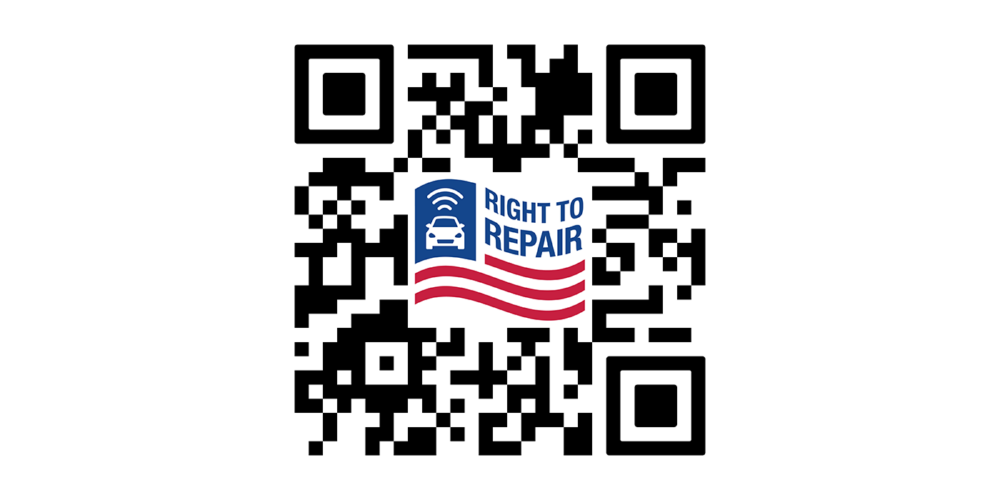
An agreement as critical as this to the livelihood of millions of Americans shouldn’t be done in a backroom; it should be done through legislation where all stakeholders can have their concerns addressed and the driver is always kept at the center of the issue. We remain entirely focused on ensuring the future of this industry, and we need your help.

